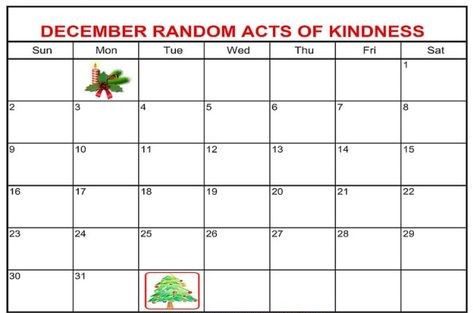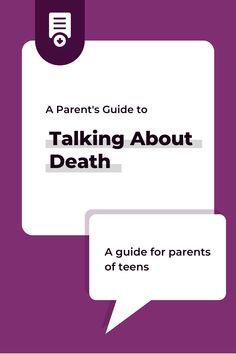Introduction:
Promoting healthy habits in the classroom plays an essential role in the overall well-being of students. As educators, it is our responsibility to teach children the importance of maintaining a healthy lifestyle. Luckily, there are several free resources available to help you promote healthy habits in your classroom. In this article, we will highlight some of these valuable resources that can make a positive impact on your students’ lives.
1. CDC’s Healthy Schools Initiative
The Centers for Disease Control and Prevention’s (CDC) Healthy Schools Initiative offers numerous resources such as toolkits, fact sheets, and guidelines to help create a healthier school environment. The initiative focuses on improving nutrition, physical activity, and overall wellness among students and staff members. Check out their website for free materials that promote healthy habits in your classroom: https://www.cdc.gov/healthyschools/index.htm
2. Healthier Generation
Healthier Generation provides free tools and resources for educators to promote health and wellness among students. The organization offers a variety of support such as lesson plans, activity ideas, and curriculum materials to encourage healthier choices. Register for a free account on their website to start accessing their resources: https://www.healthiergeneration.org/
3. Action for Healthy Kids
This non-profit organization aims to improve children’s health by working with schools on programs that encourage physical activity and proper nutrition. Action for Healthy Kids offers free resources, including webinars, fact sheets, and guides to help you implement meaningful changes within your classroom: https://www.actionforhealthykids.org/resources/
4. Let’s Move! Active Schools
Let’s Move! Active Schools is a comprehensive program that encourages schools to create an active environment where students engage in physical activity throughout the school day. The program provides free resources such as guidelines, webinars, and promotional materials to help schools implement their strategies. Visit their website to get started: https://www.activeschoolsus.org/
5. Brain Breaks
Brain breaks are short activity breaks during the school day that help students rejuvenate their minds, improve focus, and stay active. GoNoodle offers free access to various brain break activities and videos suitable for kids of all ages. Register on their website to start incorporating brain breaks into your classroom routine: https://www.gonoodle.com/
6. USDA’s Team Nutrition
Team Nutrition, an initiative by the United States Department of Agriculture (USDA), provides free nutrition education materials for teachers to promote healthy eating habits in students. You can access lesson plans, activities, and posters on their website to educate your students about the importance of proper nutrition: https://www.fns.usda.gov/team-nutrition
Conclusion:
Implementing healthy habits in the classroom is crucial not only for children’s physical well-being but also for their cognitive development and academic success. By utilizing these free resources, you can create a learning environment that promotes overall health and wellness among your students. Remember, a healthy body leads to a healthier mind, and healthier minds make brighter futures!











